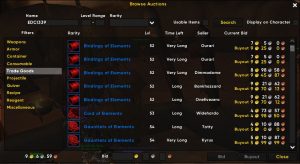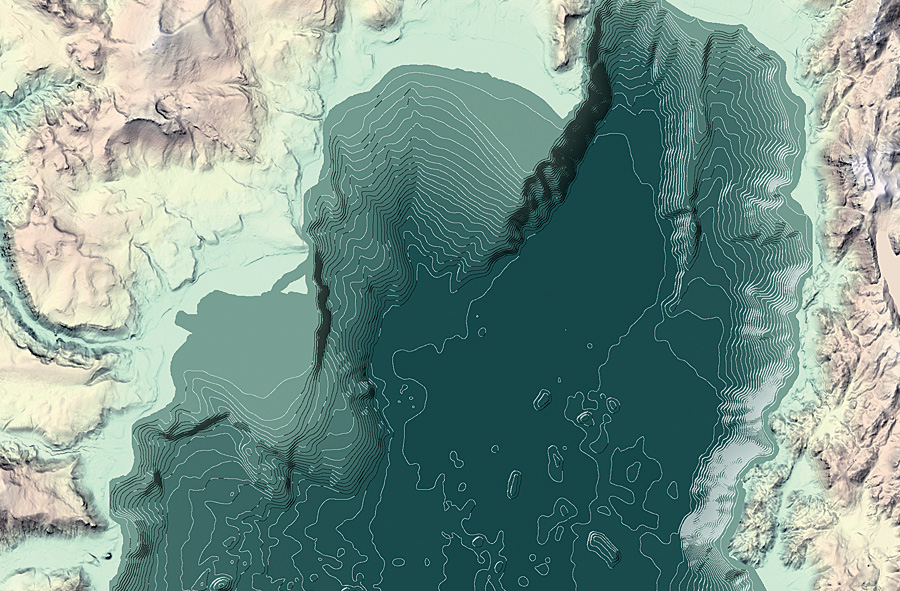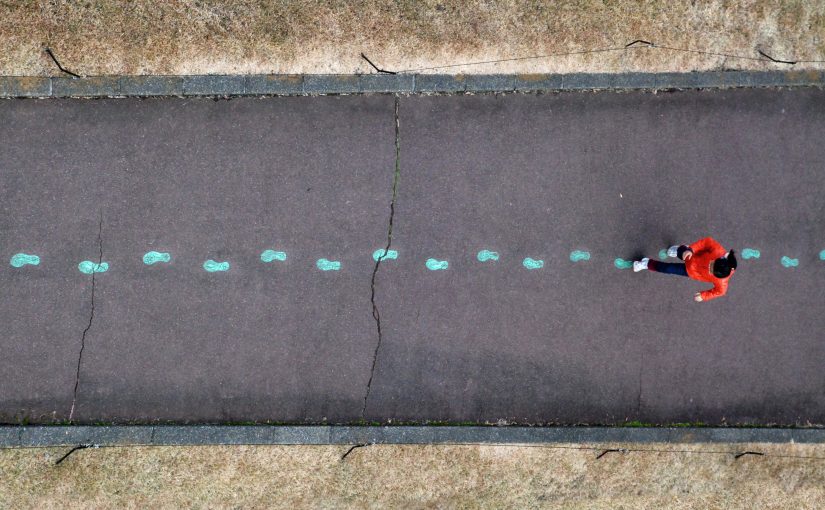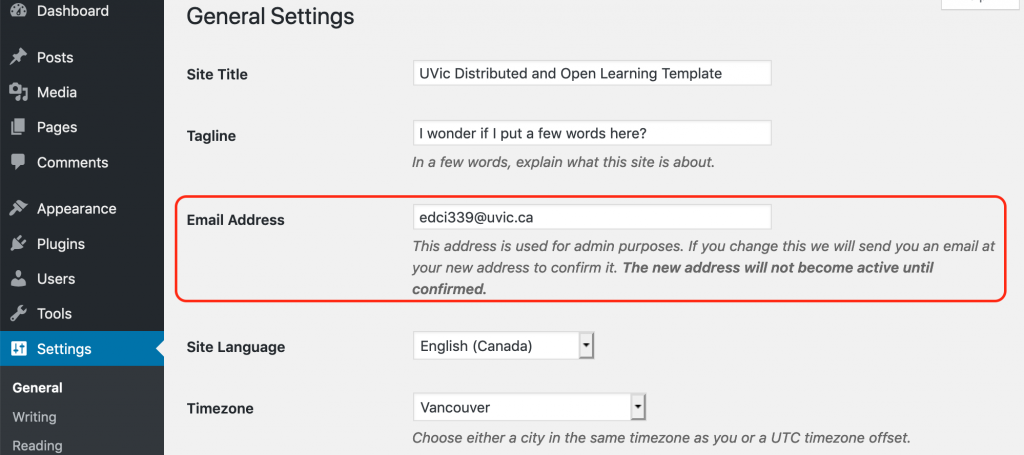One of my fondest memories online was learning in a MOOC environment. With the world wide web currently yielding a lot of power and influence on our day to day lives, I have learned to incorporate and utilize the platform as a powerful resource rather then powerful foe! ESRI, a geographical based company, offers MOOCs all year long helping students and others excel in incorporating and using the various software packages they sell and endorse. For someone in my position ,a student in the geography field, I can further my knowledge and continue to increase skills in a new and unique way. Online learning not only allows me to express ideas in a more comfortable format, but the interactive elements allow me to fully grasp and understand concepts that before in a more lecture-based format might have been misunderstood or forgotten. Something that I have discovered about my career is the vast diversity in types of students that are learning in this field. With ages ranging from 10 – 60 there is never any steps or procedures during the lessons that someone couldn’t handle. The power of ESRI’s web based information specifically is their careful consideration of the idea of inclusion, they tend to make subject matter more step based at first to ensure that everyone is still following, allowing for no skill gaps in material. With multi-age learning, people that went to school years ago can still come back to a academic environment and learn the current new mechanics and ways of using the current products. ESRI being the industry standard in spatial analysis applications lets me as a student know that I am putting my resources into something that will have a strong benefit on my life. As mentioned before ESRI prides themselves on full inclusion, with this comes an easier interface to use where others fall short ESRI delivers on a clean and enjoyable user experience. This is critical for a web-based learning style in my opinion, if an interface is hard to navigate it shows me that the lessons designed are something that might be an after thought, I do not get the full sense of inclusion and want. With ESRI courses lasting from 4 – 6 weeks on average, the courses are nice and spaced out allowing for self research time to further learning’s from the classes enrolled in. With the COVID-19 Pandemic being present and social isolating being in effect courses like this are perfect to find a way to stay busy and have impactful days without jeopardizing other students health. With many people losing their jobs and other means of financial preservation the online course environments provided by ESRI have always been free, open source information with zero cost. This allows students across the world with access to internet and a computer with basic computing infrastructure to achieve a high level of success. The Massive open online class That I took part in was the Cartography MOOC sponsored by ESRI. This specific MOOC was designed around incorporating different cartographic elements efficiently, as well to ensure that there is a calculated design flow to color selections, elements to include, not to include, and more cartography specific features. All of this was done online with the ESRI Applications required, all of which were provided to users that registered for the course. One of the features that ESRI Implements on there online infrastructure is the inclusion of a Progress bar. This bar allowed me to quickly understand where I was in the course and if I was on track. With many of the items being taught being multi media, Normally the classes would start with a brief video, which opened with a lively introduction to the lesson topic from a three-presenter panel, and included segments on a “Map of the Week,” a spotlight on a pivotal cartographer, a look at some obsolete analog map making tools, and a discussion of some cartographic design elements to avoid (laLonde, 2018). This allowed the teachers to not only teach in different ways, but to tie in over arching ideas with simple to watch videos which allowed for a fuller connection to the information being taught. With the course designed for success there are tons of ways for someone that might be struggling to either get in contact with the teachers or use the supplemental resources to keep practicing and polishing one’s skill. Strengths of this MOOC included the well-made videos. The Teachers helped to layout the weekly topics and offered multiple perspectives to help enhance a participant’s understanding of it (laLonde 2018). The only organisational issues that might occur during one of these classes is due to personal conflict with the times organized for the classes, with the flexibility being limited due to a large audience. One of the many aspects to this course that is incredibly beneficial to any user is the opportunities for networking. Not only are you working under the supervision of some of the best teachers in the world for this subject matter but working alongside not only peers that have a common interest but peers with a common goal of advancing their skills. This was a big aspect of the success I found in the projects that I was apart of as I quickly found creating a community of students was a fun and powerful way of furthering all of our knowledge on subject matter (Robinson 2015). Online Courses in most capacities not usually taken for a want to learn is completely the opposite of courses in this environment. After taking this course I began to wonder when the next one was and how many courses, I could take a year. I would recommend that anyone in the position of a student progressing through university to take course in this medium as it fully allowed me to find a direction within geomatics that I want to pursue, cartography. The last thing that I wanted to highlight from my experience was the feeling of safety. Throughout the entire course I was never worried about being hacked or getting into unsafe situations. The company has eliminated the need to save anything on your own machine as cloud-based learning and storage is on the rise. With all the information and data being stored on ESRI’s Servers I was never worried about losing work or personal information. This Careless thinking was a showcase on how secure and safe the environment feels when taking a course of this nature. In conclusion, This is the best way to learn. With a fast-paced world and money becoming more and more of an issue for students to achieve success free online based courses are the way of the future of geography. The power that a course like this has on its followers is exponential. ESRI has done an incredible job of securing there position in the geomatics world with not only powerful and extremely professional applications but the furthering of students knowledge of using their own products. This is one of the most genius marketing ideas in the world, and to top it off an incredibly powerful way of learning some new skills or expanding on older skills and ideas that might not have been completed. Geo spatial learning being completely computer based caters to the concept of not needing to pay to get world class teachings of subject you would normally pay hundreds of dollars for! The power of learning in this format comes from the individual, although this course is really well done it does not guaranteed success for everyone that takes the course. The course is quite demanding and requires a spatial thinking mindset. With the ideas being demonstrated in the classroom having direct correlation to the projects means users must stay engaged and driven to complete assignments on a deadline. My involvement in this course not only taught me the skills being taught, but I also learned through the process to be more organized in my daily life. Other skills I learned Include the ability to create a community within the work place, to achieve a higher and more professional persona, to create and share professional web based applications and to become a better student. The power of learning online is endless and I highly encourage anyone reading this to push beyond your comfort zone and try something new. With the current situation of the world, online learning has never been a more impactful and fulfilling experience!

 experience. Currently in our society many people are being instructed to change from face-face encounters to a more online focused approach. With this comes exploration in new technologies and a case study showcasing the importance of online and distributed learning. With the population moving from outside to in, its never been a better time to learn from the comforts of ones home.
experience. Currently in our society many people are being instructed to change from face-face encounters to a more online focused approach. With this comes exploration in new technologies and a case study showcasing the importance of online and distributed learning. With the population moving from outside to in, its never been a better time to learn from the comforts of ones home. One of the strongest methods to learn online comes from the learning and appreciation for MOOCs. These massive online learning environments are currently the best way to learn online, with interactive activities, free open source software and clear concise instruction users are able to handle the content with a breeze. The optimized learning environment allows users of all educational backgrounds and talents to be able to showcase there skills in a public setting. With this comes the learning of fundamental skills that will help them progress through whatever content and subject matter they are studying far more efficiently, with a significantly lower cost often free. I have greatly benefited from using a online service such as this, to not only learn about content that I wouldn’t normally have access to, but to advance my self over other students in my field. This in hand will eventually allow for further learning and showcasing of these new talents.
One of the strongest methods to learn online comes from the learning and appreciation for MOOCs. These massive online learning environments are currently the best way to learn online, with interactive activities, free open source software and clear concise instruction users are able to handle the content with a breeze. The optimized learning environment allows users of all educational backgrounds and talents to be able to showcase there skills in a public setting. With this comes the learning of fundamental skills that will help them progress through whatever content and subject matter they are studying far more efficiently, with a significantly lower cost often free. I have greatly benefited from using a online service such as this, to not only learn about content that I wouldn’t normally have access to, but to advance my self over other students in my field. This in hand will eventually allow for further learning and showcasing of these new talents.

